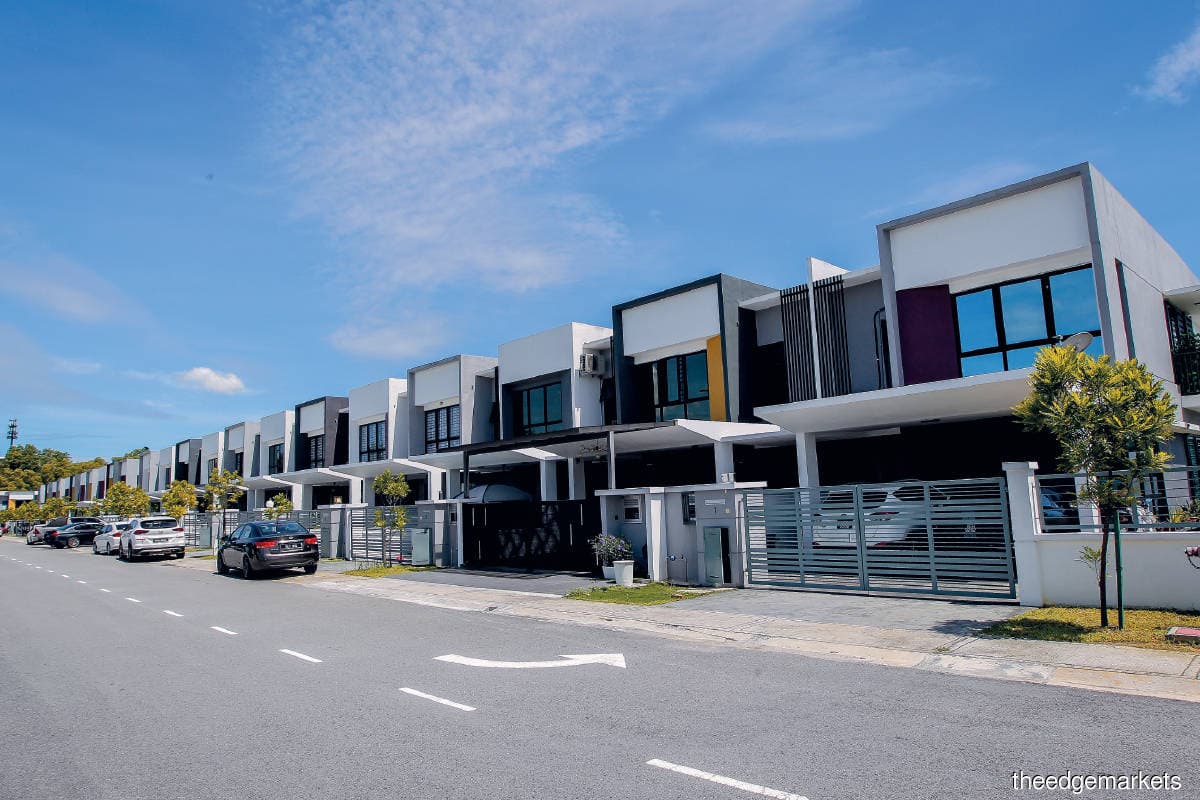
This article first appeared in City & Country, The Edge Malaysia Weekly on December 26, 2022 - January 1, 2023
Without a clear and measurable benchmark, the definition of “quality” in built real estate is left to one’s imagination and convenience. Just as there are rogue developers, consultants and contractors, not every buyer is a saint.
Besides affordability, the topic of quality is often raised when talking about Malaysian homes.
What, then, are the “quality” standards for completed projects that are acceptable to all stakeholders? Who decides whether a building passes the quality test?
This is a tough question that ultimately boils down to ringgit and sen.
Just as beauty is in the eye of the beholder, the completed new home may not meet the buyer’s expectations. It could be a far cry from what he has imagined it to be, given that he has ploughed his entire life savings into the once-in-a-lifetime buy.
The disappointment could have stemmed from a promise or perceived promise by the developer.
Complaints ranging from poor finishing in tiling, masonry and carpentry works to painting are common, as are hairline cracks. There may also be quarrels over the definition of “quality” fittings and installations in the specifications spelt out in the sales and purchase agreement.
Poor quality does not necessarily equate to defects. As it now stands, unfortunately, there is no common definition on quality standards in the industry.
In all projects, architects and other consultants ensure strict compliance with design and safety standards and practices. The entire team involved in a property development is huge by any standard.
Meanwhile, buyers are becoming more sophisticated and well informed, and this is a good thing. With homeownership becoming more difficult to attain, they cannot be faulted for becoming more discerning so long as the demands made are reasonable and practical. Again, who is the right judge of quality?
Vacant possession pains
Developers are presumed to have conducted a walkthrough of all completed homes before inviting buyers for the handover.
For first-time buyers, the process of taking vacant possession can be exciting and unnerving, even daunting. This has given rise to the growing popularity of hired inspection services. During the handover, the “inspector” will identify and highlight areas that are deemed unsatisfactory and that require immediate rectification works.
Typically, the “inspector” will mark these areas with stickers. The complaints are also documented in a report to the developer. The cost of hiring an “inspector” could start at RM300, depending on credentials and experience plus the property’s value. Even buyers of affordable homes costing RM300,000 have paid RM300 for this service.
How knowledgeable and professional are such “inspectors”? Should their key performance indicators (KPIs) rest on how many “faults” are highlighted during the handover process?
Is there a chance that the buyers will kick up a fuss just to pressure the developer into giving rebates or freebies?
On the other hand, it is true that some finishings at newly completed buildings are sub-standard.
Thus, without an industry quality benchmark or standards, the parties could argue until the cows come home. Or, the dispute could land in court. Whichever the case, the process is laborious, time-consuming and expensive.
After Covid-19
The building and construction industry is emerging from the unprecedented challenges brought about by Covid-19, but the lack of skilled labour and fluctuating cost of building materials continue. Meanwhile, contractors are also rushing to finish projects on time to avoid late delivery penalty charges.
How these factors will affect the quality of projects under construction remains to be seen.
On a related note, more developers are adopting a voluntary assessment of high standards for the construction industry, better known as QLASSIC (Quality Assessment System in Construction), in some of their projects. The standards are issued by the Construction Industry Development Board Malaysia (CIDB).
QLASSIC was introduced in 2006, and revised in 2014 and 2021. However, it must be noted that its use is solely for rating building workmanship. The assessment is NOT intended to be used as a specification or compliance requirement unless parties to a construction contract agree to do so.
The adoption of QLASSIC is voluntary and the assessment by CIDB’s pool of qualified assessors is conducted only after completion of the works. That is because the assessment is based on random samplings, covering building works such as architectural finishes, basic M&E (mechanical and engineering) fittings and external works.
As such, the QLASSIC assessment guide is not necessarily the best measurement tool for individual homebuyers at vacant possession.
Expectation versus reality
It is not practical to expect similar-quality finishings in all types of homes. Variations should be acceptable as long as safety is not compromised in any way.
If unrealistic expectations have been raised by the marketing collateral of overzealous developers, they have only themselves to blame.
Who, then, is qualified to be the custodian of quality built buildings?
This matter has been swept under the carpet, and it is time for all industry stakeholders to come together and make sense of it.
Granted, this is no simple task; there is no one-size-fits-all solution. At the very least, the industry must acknowledge the need for clear, transparent and measurable standards of quality. This is a good starting point.
As for consumers, they must always do their research on the track record and experience of developers. Steer clear of those who are irresponsible, who tend to over-promise but under-deliver. Always go for a trusted brand. That’s the Real Deal!
Au Foong Yee ([email protected]) is editor emeritus at The Edge Malaysia
Save by subscribing to us for your print and/or digital copy.
P/S: The Edge is also available on Apple's AppStore and Androids' Google Play.
